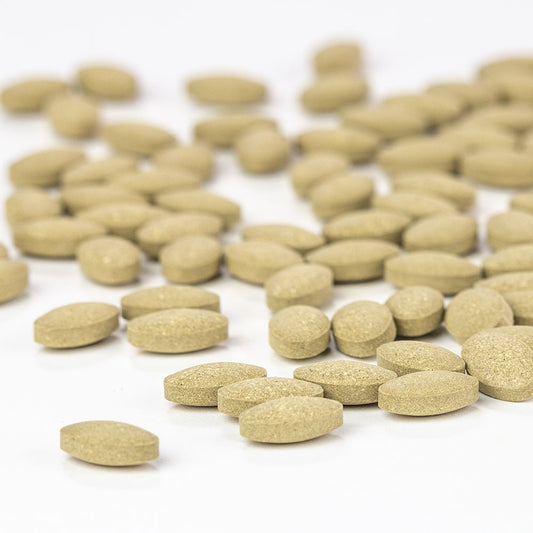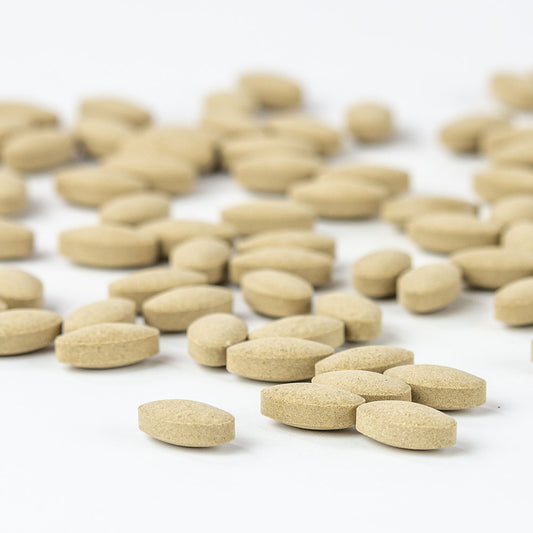
Kapalabhati Pranayama, also known as Skull Shining Breath, is an energizing breathing practice that clears the lungs, the nasal passages, and the mind. In Sanskrit, Kapal means “cranium” or “forehead” and bhati means “light,” “perception,” and “knowledge.”
Kapalabhati therefore brings lightness and clarity to the frontal region of the brain. Requiring a rapid contraction and release of the abdomen, this is an active pranayama that focuses primarily on the exhalation; the inhalation occurs passively and without effort. Kapalabhati is tridoshically balancing.
Benefits
Kapalabhati Pranayama
- Balances excess vata, pitta, and kapha
- Cleanses the lungs
- Improves circulation, particularly in the head
- Eliminates mental distractions and invites alertness
- Removes sleepiness, energizing the body and brain
- Sharpens sensory perception
- Bolsters memory, concentration, and intelligence
- Prepares the mind for mental work and meditation
- Keeps the forehead cool
- Tones the digestive organs, improving agni and appetite
- Cleanses the blood
- Stimulates synovial circulation in the joints
- Balances and strengthens the nervous system
- Supports immunity
- Purifies the pranic channels (srotamsi) without creating heat.
- Enhances the melodious qualities of the voice
Contraindications
Kapalabhati should not be practiced by pregnant or menstruating women. It is also contraindicated for individuals with high or low blood pressure, heart disease, hernia, gastric ulcer, epilepsy, vertigo, migraine headaches, significant nosebleeds, detached retina, glaucoma, history of stroke, and for anyone who has undergone recent abdominal surgery. If you experience vertigo during or after this practice, please discontinue until you can consult with a qualified yoga teacher.
Before You Begin
Kapalabhati is a more advanced pranayama and therefore requires some familiarity with abdominal breathing. Before practicing kapalabhati, you should be proficient with more foundational pranayamas, such as Full Yogic Breath.
These instructions are meant to provide a safe general introduction to this practice. Of course, it is always best to learn a new technique in person, with a qualified teacher.
How to Practice
Kapalabhati (as with most pranayamas) should be practiced on an empty stomach, so allow at least three to four hours after a meal before engaging this pranayama. Choose a comfortable sitting position. If you are able, it is best to sit cross-legged on the floor with a cushion or blanket to comfortably elevate the hips. Alternatively, you may choose to sit toward the front of a chair, with your feet flat on the floor. Allow the spine to lengthen so that the back, neck, and head are erect.
Gently close the eyes and breathe through the nose (you will be breathing through the nostrils throughout this practice). Begin by taking a couple of Full Yogic Breaths, grounding the mind and gently awakening the prana maya kosha (the energetic body).
When you are ready to start practicing kapalabhati, expel the breath forcefully through the nostrils (without strain or tension) and simultaneously pull the navel dynamically inward toward the spine, gently contracting the abdominal muscles. As you release the abdomen, let the inhalation occur passively; the lungs will fill without any effort.
Immediately initiate another forceful exhalation, drawing the navel inward again, and then let the inhalation follow passively. This process is repeated in rapid succession—one exhalation per second, or faster.
Start with twenty repetitions. On the final exhalation, completely empty your lungs and then allow your breath to return to normal.
With practice, the abdominal muscles will grow stronger and you may slowly build up to fifty to one hundred repetitions at a time. If you like, you can further expand your practice to include two or three rounds of fifty to one hundred breaths each. For example, you could start with one hundred breaths, pause for a minute or two to rest and observe, and then do another one hundred repetitions.
When you are ready to close your practice, take a moment to witness how you are feeling. Allow your attention to settle on the frontal region of the brain and the space between the eyebrows. Notice your thoughts and your state of mind. Take note of how you feel physically. What sensations do you notice as a result of this practice, and where in your body do you feel them?
When you feel complete, gently open your eyes, continuing to direct some of your awareness within as you slowly stand and offer your full attention to the rest of your day.
For those of you familiar with bhastrika pranayama, kapalabhati can feel very similar, but there are important distinctions. Bhastrika requires the use of force both on the inhalation and the exhalation. Kapalabhati, on the other hand, is forceful only on the exhalation; the inhalation happens naturally and completely without effort. Therefore, kapalabhati reverses the normal flow of breath so that the exhalation is active and the inhalation is passive.
1 Saraswati, Swami Satyananda. Asana Pranayama Mudra Bandha. 2nd ed. Bihar, India: Bihar Yoga Bharati, 1996. Print. 398-400.
2 Lad, Vasant. Textbook of Ayurveda Vol III: General Principles of Management and Treatment. Albuquerque: The Ayurvedic Press, 2012. Print. 317-318.












